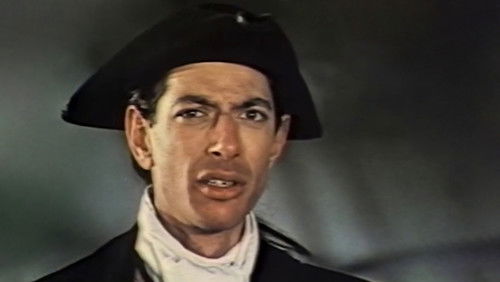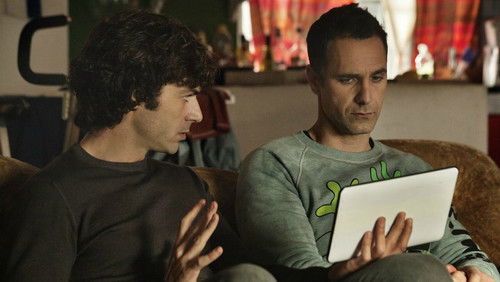Greetings – Grüße (1968)
27KGreetings – Grüße: Directed by Brian De Palma. With Jonathan Warden, Robert De Niro, Gerrit Graham, Richard Hamilton. Three friends in New York City discuss how to dodge the draft and Vietnam, JFK’s assassination, voyeurism, computer dating, and everything else.
“The problem with judging a work like Greetings is that it is by a filmmaker who is just starting to work out whatu0026#39;s inside of him, his themes, his ideas, his sense of humor and attitudes towards society and women. Brian De Palma would follow-up Greetings with the (for my money) better satire Hi, Mom, which also features a 20-something Robert De Niro (indeed, also in a similar role here, though not by much). The reason his follow-up was better, to me, is because he had sorted out more of what he wanted with his style; here, he is skilled at infusing Nouvelle Vague into the film, and his voyeuristic attitude is prevalent in a few key scenes (one of them perhaps the funniest, involving De Nirou0026#39;s Jon Rubin u0026#39;directingu0026#39; a woman on a bed). u003cbr/u003eu003cbr/u003eWhat is fascinating throughout is how little De Palma shows his Hitchcock influence here; if anything, Godard is the main pulse throughout (long takes that inevitably comment upon themselves, characters reading books on camera, near political use of jump cuts and zooms). So that is one reason why it canu0026#39;t have everything together; as De Palma is still finding himself, and more than likely making this movie for himself (i.e. HE is the audience), itu0026#39;s hard for it to find what is often called u0026#39;accessibilityu0026#39; for a viewer like myself. I probably wouldu0026#39;ve found this to be a 8/10 if I had been born thirty or forty years earlier.u003cbr/u003eu003cbr/u003eThe three characters here are separated very vastly, but each with their own incredible, off-beat, and often strange behavior. The friend on with the computer dates is hit or miss; the highlight here being when he has the u0026quot;Dirty Movieu0026quot; date, as De Palma shoots it in a mix of pre Clockwork Orange styling and as a silent film. The friend obsessed with the Kennedy assassination, to the point of drawing diagrams on a naked woman to prove his point (tongue-in-cheek of course). And then thereu0026#39;s De Nirou0026#39;s character, not really in the film that much until the last twenty or so minutes. These (not to put down the talents of the other two actors; the Assassination friend had a weird quality that made him watchable) scenes are the better ones, as even here De Niro has a grasp on what De Palma thinks heu0026#39;s getting. But the main problem here, which was solved in most of De Palmau0026#39;s later movies starting with Hi, Mom onward, is consistency. There are some scenes that just donu0026#39;t work, that are either funny for the wrong reasons, or not funny at all.u003cbr/u003eu003cbr/u003eThe technical aspect of the film, in terms of being quintessentially 60u0026#39;s, is intriguing, but even here isnu0026#39;t always used to its best use. Overall, it almost makes me think of this as like one long Monty Python movie with sketches that sometimes work, but unfortunately donu0026#39;t. If you would want to see it out of curiosity, especially from a historical or sociological interest, I wouldnu0026#39;t dare tell you not to see it (the last scenes in u0026quot;Vietnamu0026quot; are just wacky enough). But if your a De Niro fan or De Palma fan just getting into their work, know what youu0026#39;re getting into here. Some may love it, some may dis-like it even more than I. For me, it served its purpose well.”









